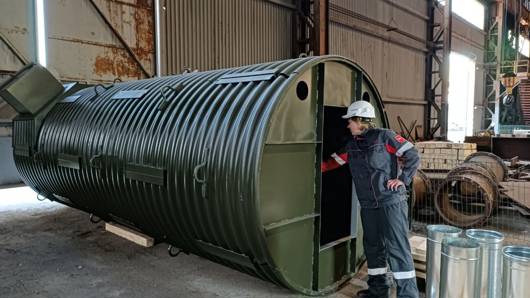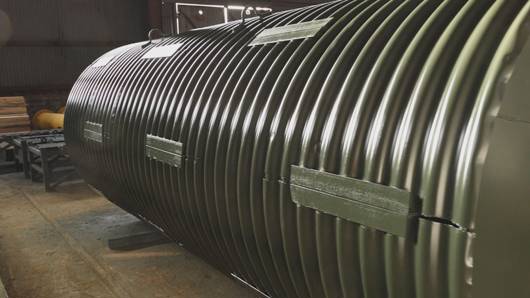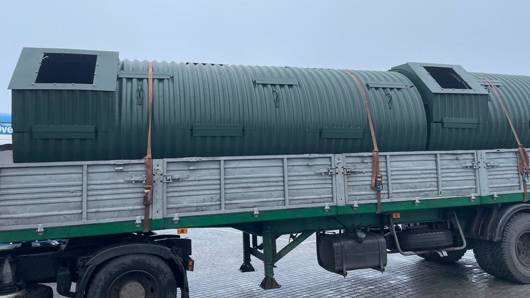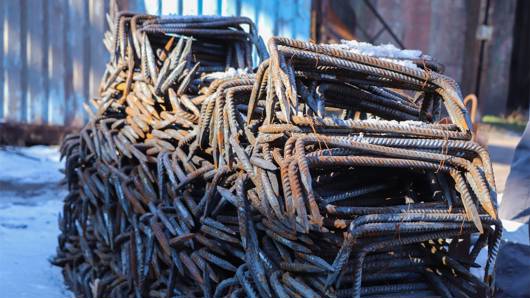After the princely era (kniazha doba), Ukrainian history is a continuous struggle for independence. This eternal opposition to the invaders produced a number of assets: Сossack ozhyhas (multi-barreled firearms), keleps (ax hammers), tribols (caltrops); underground vaults of the Ukrainian Insurgent Army (UIA); national samvydav (dissident underground press and self-publish books in USSR). Most of these inventions have been "updated" and continued in the present. For example, rebel kryivkas (hideouts) transformed into mobile capsules made of Metinvest steel. 170 steel kryivkas were handed over to the front as part of Rinat Akhmetov's Steel Front military initiative.
The word "kryivka" has become firmly associated with the Ukrainian Insurgent Army in the mind of the average Ukrainian. Indeed, the fighters of the rebel army made these defensive structures their special feature. It was the kryivkas that helped them hide from enemies, hide underground printing presses, weapons and food. However, underground hideouts were first used in the liberation movement of 1917-1920s. At that time, members of the anti-Bolshevik movement built them in the forests of the Dnipro region and Polissia to hide in the cold period of the year. And in two decades, such fortified dugouts were to become the UIA's trump card.
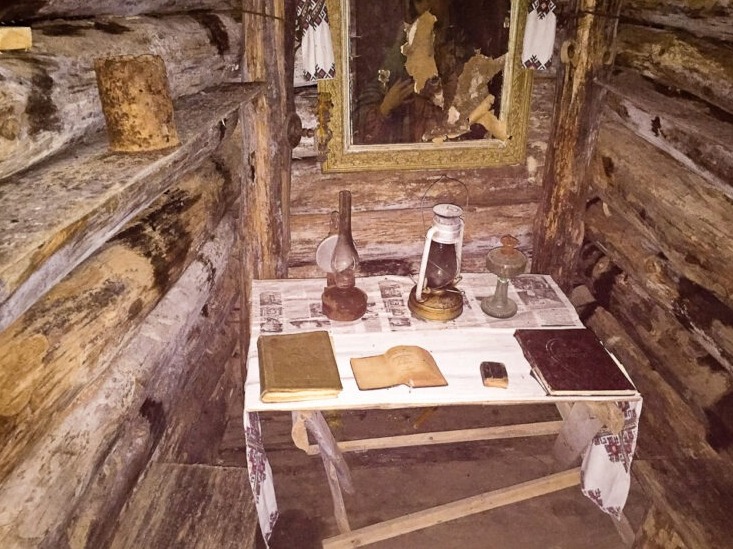

Restored kryivka museums
WIKIQUOTE
Kryivka is a military defence and household structure of the Ukrainian Insurgent Army, located underground. In the literature, you can also find the name bunker ("bunkr") or hideout ("skhron"). It became most widespread during the war with the punitive authorities of the USSR. It was also used as a food base to save the civilian population of Ukraine during Holodomor (the famine) of 1946-1947.
Find me if you can
The whole trick of kryivka was in its secrecy. Its location had to be inconspicuous, and the people associated with it had to be able to keep their mouths shut. As regards the place for the bunker, it was chosen so that it would be difficult for the enemy to find and approach without giving themselves away. It was also desirable that the hiding place had a passageway for retreat in case of danger. There was another rule: each shelter was built by the people from the underground organization who were supposed to live in it. This is how it was possible to hide locations even within the organization.

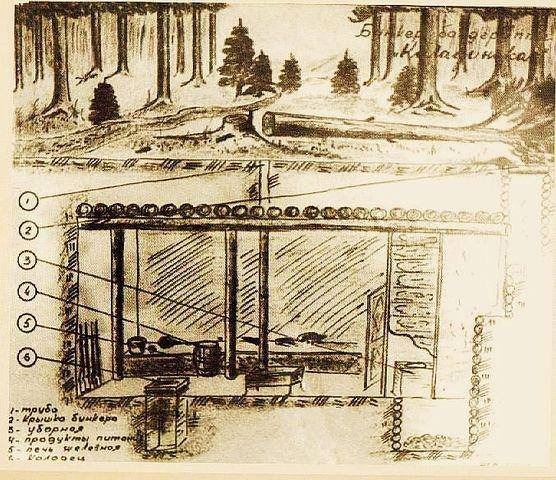
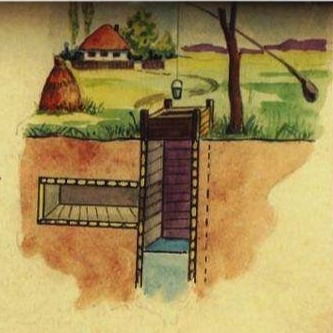
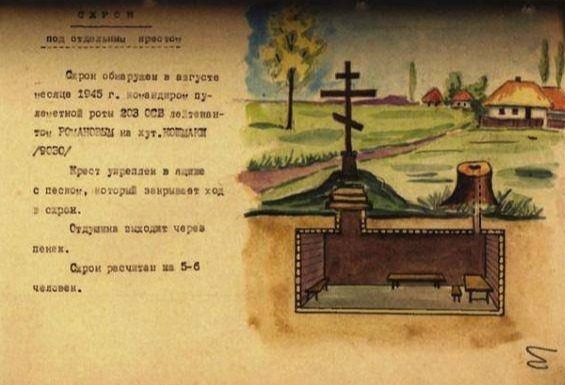
The ingenuity of the rebels knew no bounds. Sometimes kruivkas were even built in wells, old graves, inside onion domes of churches, under the stoves in houses, etc.
Kryivkas differed significantly in size and structure. There were both small hiding places for one or two rebels, and spacious premises for several rooms. The most difficult were the underground bunkers that served as hospitals, printing houses, publishing offices, headquarters, etc. People lived and worked here without going outside for several months. These kryivkas had several exits, a ventilation and heating system, internal wells, stocks of food, medicine, firewood, oil or kerosene, and a weapons warehouse. Sanitary premises, residential blocks with sleeping places, radio sets with autonomous power sources were also arranged inside.
FACT
In order to hide the earth that was dug up during the construction of a kryivka, it was thrown into reservoirs, taken to a freshly ploughed field, poured onto the nearest construction site, etc.
A special problem of earth bunkers is moisture. In addition to groundwater, precipitation was also a problem. Then the ceiling and walls got wet, and the floor turned into a mixture of mud. In order to prevent this, the surfaces were tightly covered with wood, leaving not even the smallest gaps, making drainage ditches and drains. Thus, large kryivkas became truly reliable underground fortresses for UIA soldiers.
Excerpt from the book "Winter in the Bunker" (by Stepan Stebelskyi, pseudonym "Khrin")
"Our bunker was small: 4 m long, 3 m wide, 2.5 m high on one side, 1.5 m high on the other side, so that the ceiling, covered with rough boards, had an inclination for water to drop. The walls were lined with split wood beams. A sleeping bench made of boards, which we covered with tents, stood against the higher wall. The sleeping place was hard as in the time of Prince Monomakh. A table for a typewriter was built at one end of the bench. The image of the Mother of God stood above the bench with the Volodymyr trident and a portrait of Konovalets below the image. On the second, lower side, near the entrance, there was a kitchen, built of stones from a stream. The chimney was two pipes that were level with the ground on the surface. They were somewhat narrower at the end, so that in the event of an enemy attack, the latter could not throw grenades there. The pipes were masked with moss at day time. There was a wash space one meter away from the kitchen. Each rifleman had his own nail on which he hung his overcoat, hat and weapon. Below the hanger stood two buckets for drinking water, one for the slop. There was floor on the ground. On the opposite side from the entrance, there was an underground tunnel 20 m long up to the stream. It was covered with a log in the stream. There was a well from where we took water. There were kegs of meat in that tunnel."
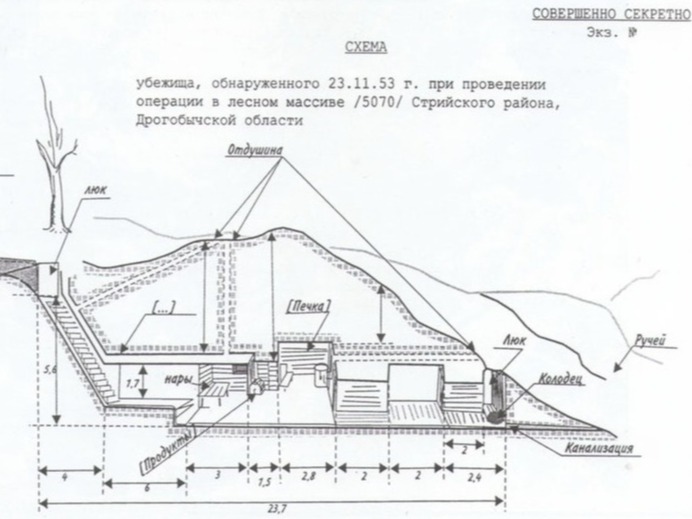
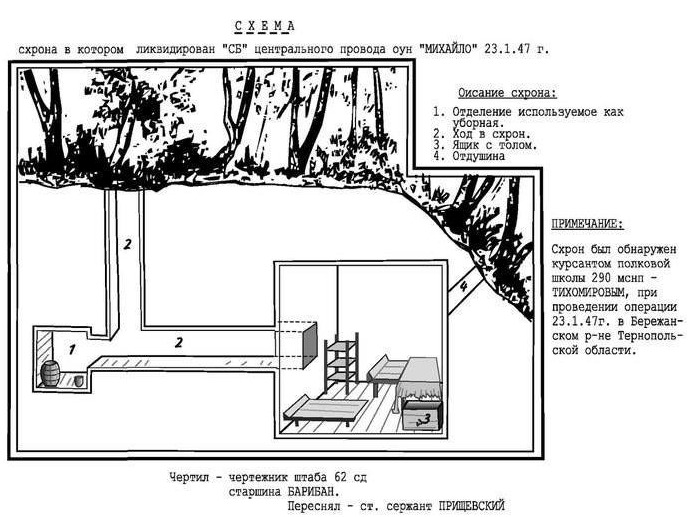
Soviet special forces killing squads studied the structure of kryivkas in detail. This experience was used to search for insurgents more effectively. That is why many schemes and drawings of UIA bunkers have been preserved in the archives.
An extensive network of shelters supported the insurgent movement until the early 1960s. Also, thanks to these structures, whole villages of western Ukraine were saved from starvation during the Soviet repressions.
Kryivkas of the 21st century
History has once again made a circle and predatory northern neighbours are again trying to take over our country. So, Ukrainians, like 100 years ago, took up arms to defend their right to live freely on their own land. However, this war is fundamentally different from all previous ones: it is actually broadcast live, the troops are armed with state-of-the-art weapons and drones, and the fighters have reliable steel armor. But, despite a number of technological devices, there is a place for the inventions of the past on the battlefield, especially if they are "modernized" a little. For example, rebel kryivkas can be made stronger and more mobile.
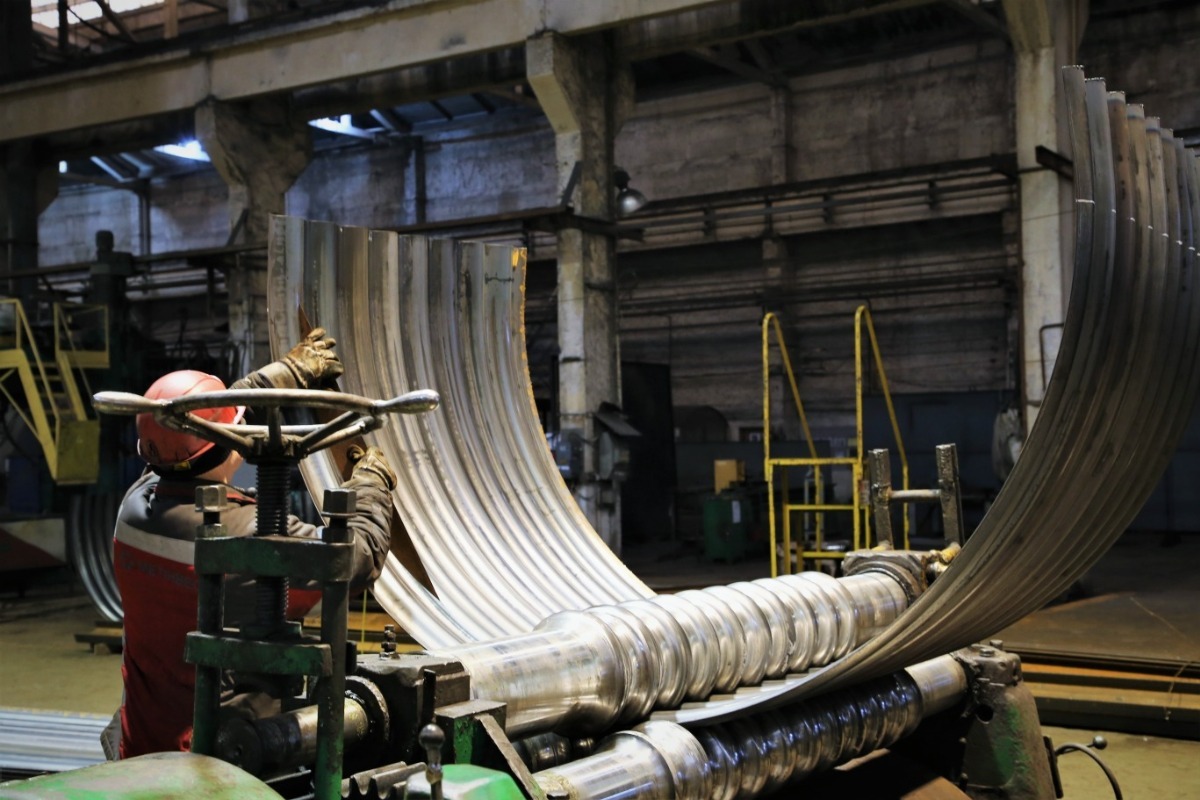
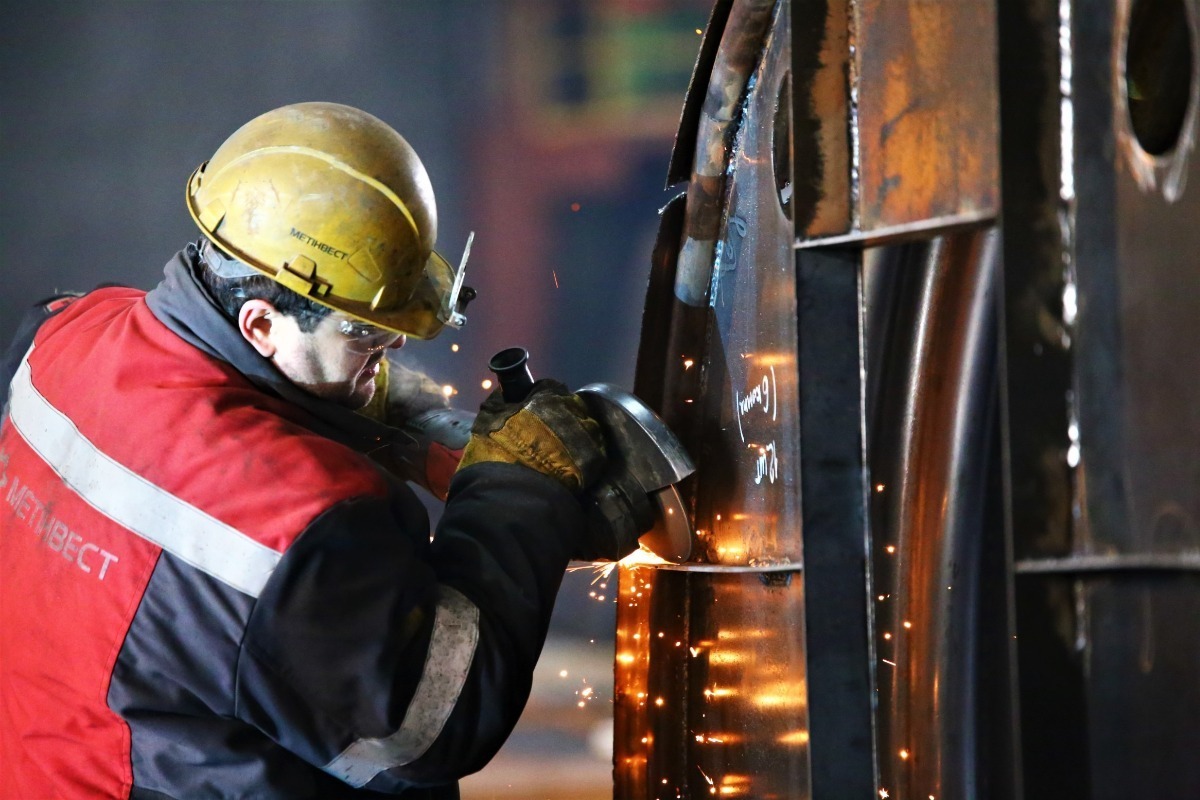
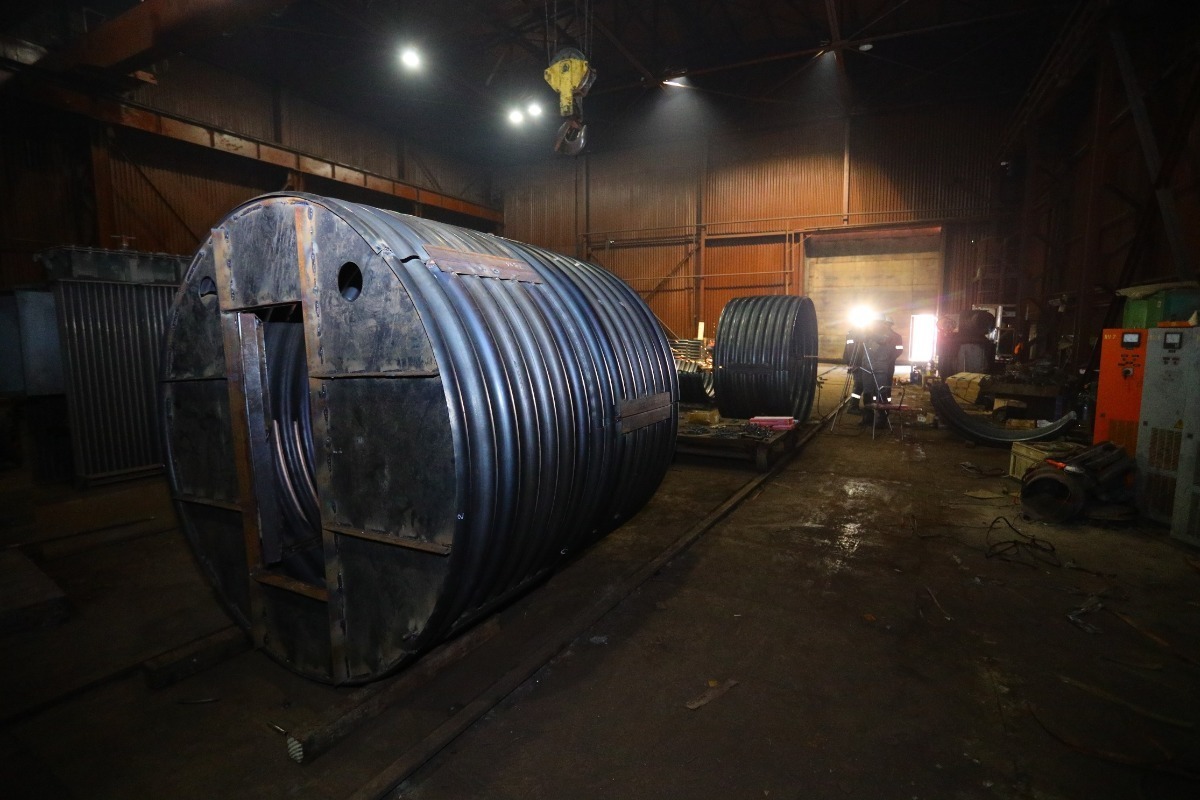
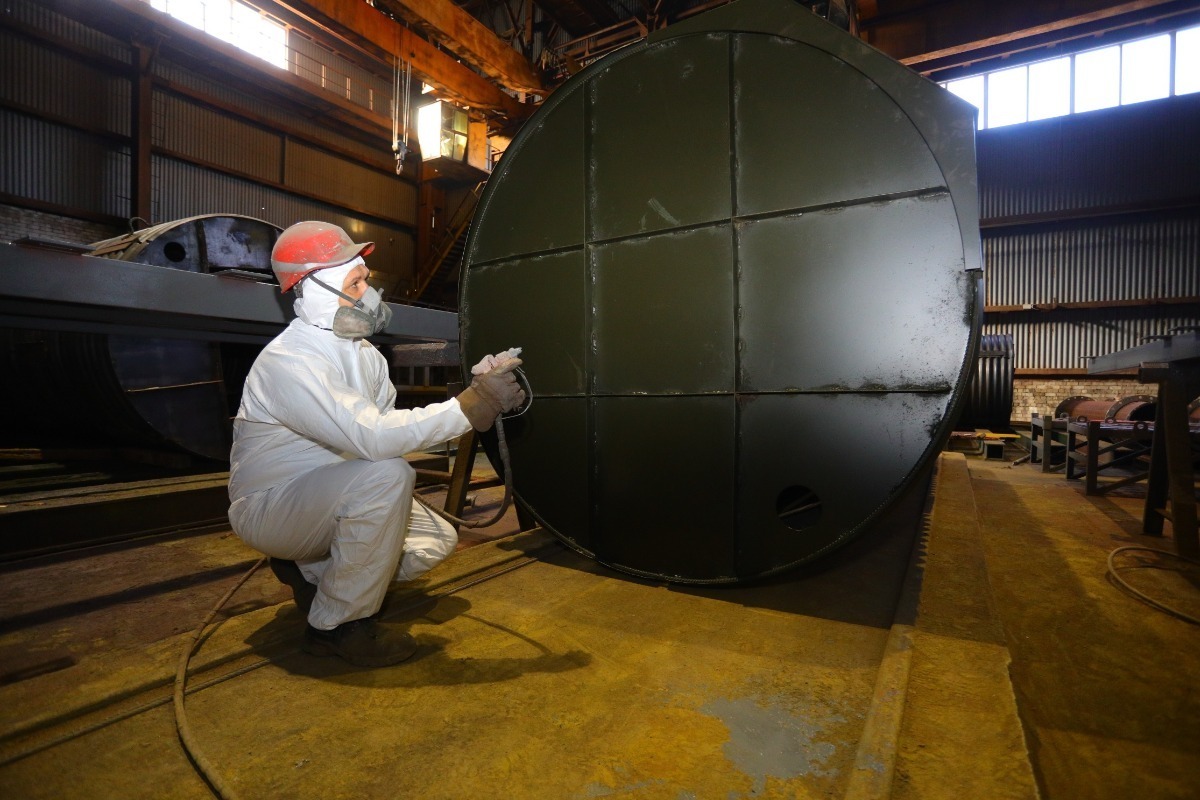
The idea of a compact hiding place was realized by Metinvest specialists. For this purpose, the company's technologists improved the drawings of the protective capsules of previous years. Modern bunkers are made of 2 mm corrugated steel sheets. This material has sufficient rigidity to withstand shock loads. The military noted that, if the shelter is deepened by 1.5 meters and covered with wooden beams on top and then with earth, it can withstand even artillery fire.
FACT
Almost 2 tonnes of steel are required to produce one capsule, and work on each shelter takes 165 man-hours.
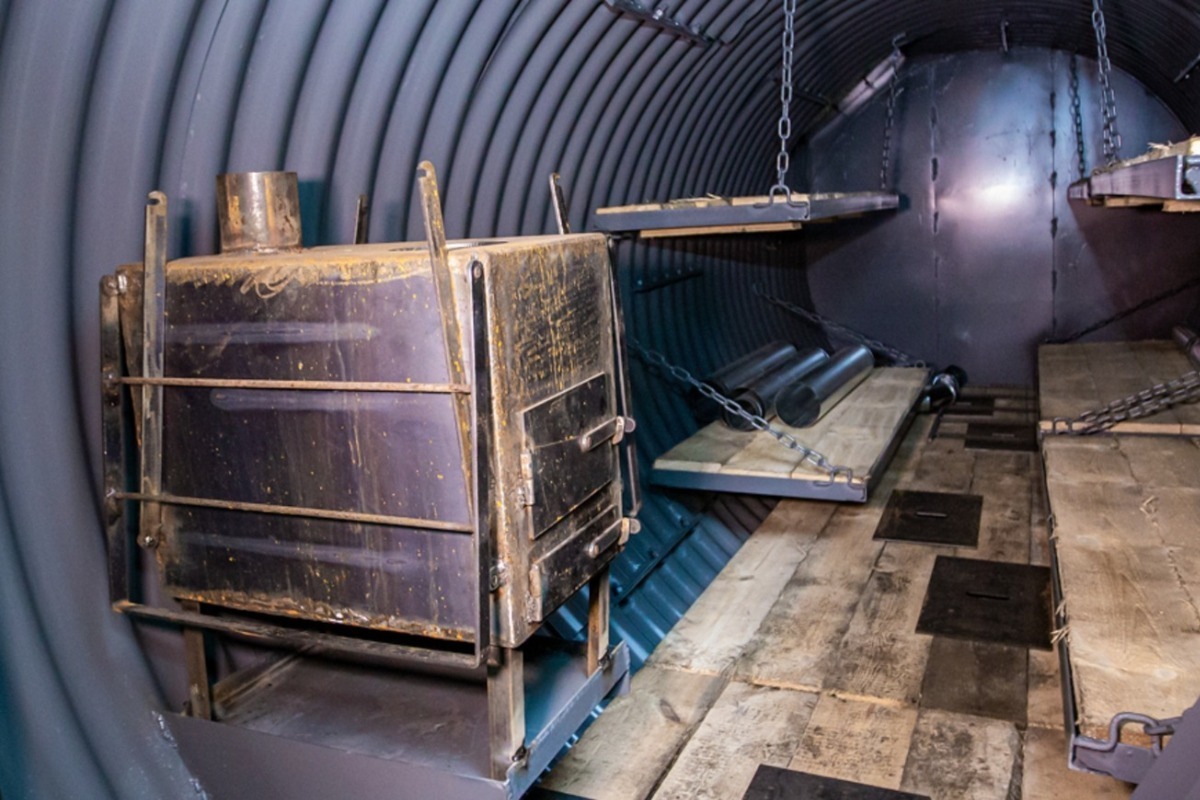
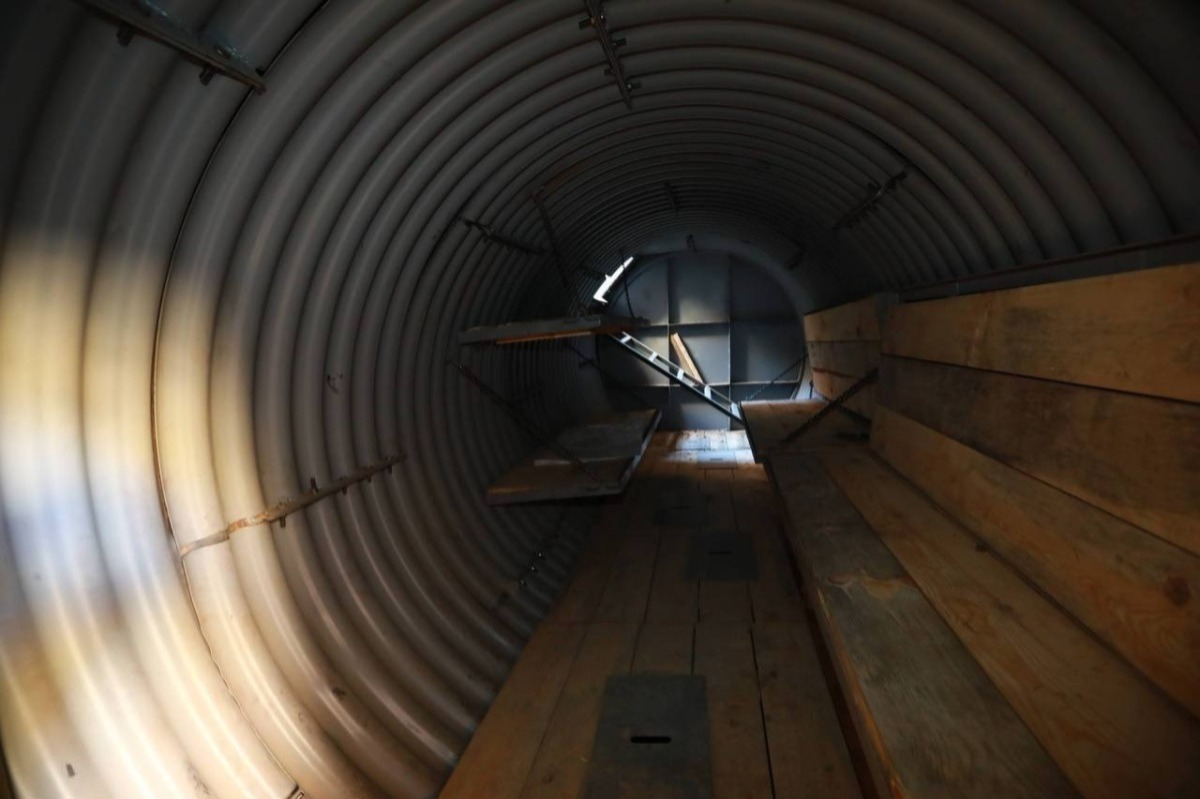
The design of the steel kryivka also provides for everyday conveniences. There are wall beds, a lifting wooden storage floor, a weapon rack, a field stove, ventilation, a side water drain and two exits to the surface inside. The shelter can accommodate 6 people at the same time. Rain, snow or ground water will cause no problems for the residents of the shelter, because the steel walls do not allow moisture to pass through.
Another huge advantage of these capsules is their modular structure. They can be disassembled, sent to the place of use in separate blocks, and then reassembled directly at the position. This is convenient because it makes an equipment of a reliable shelter a matter of hours.
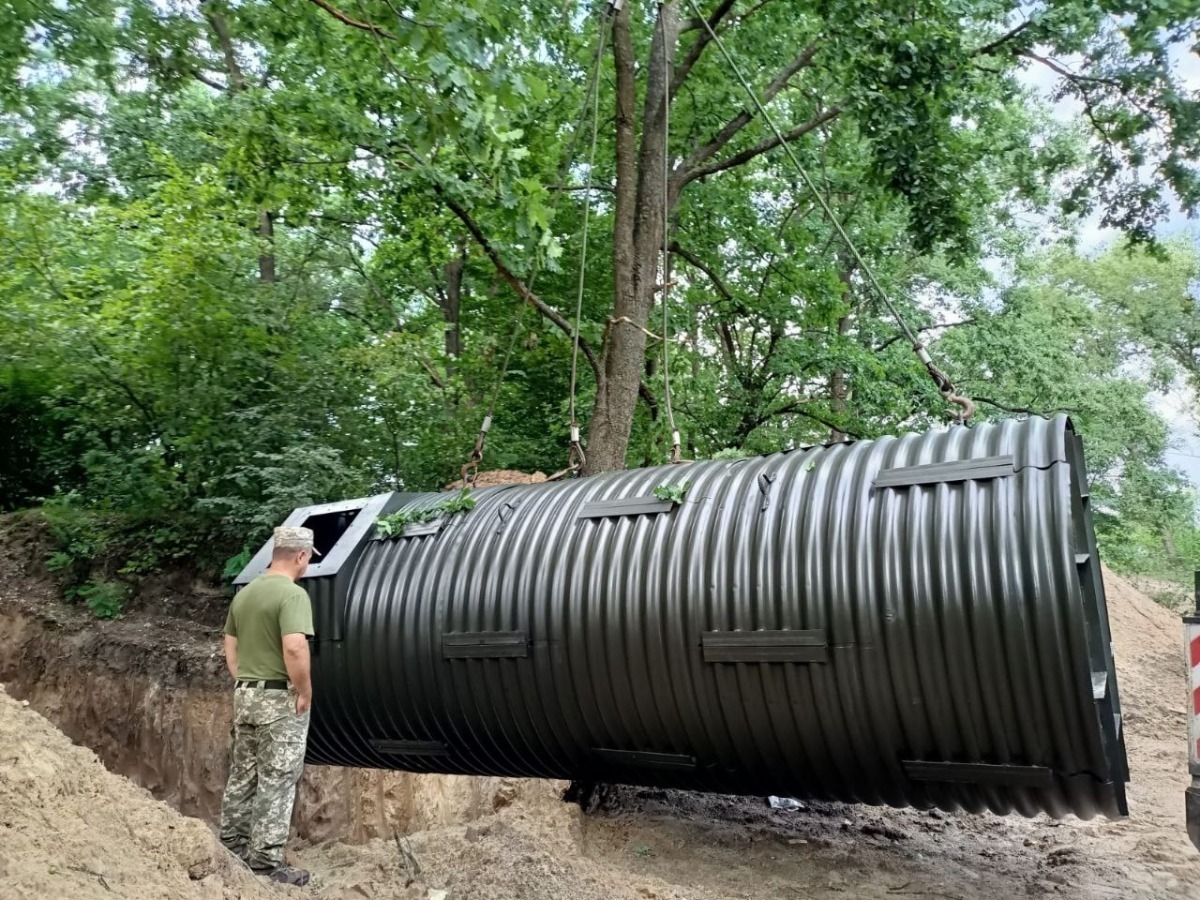
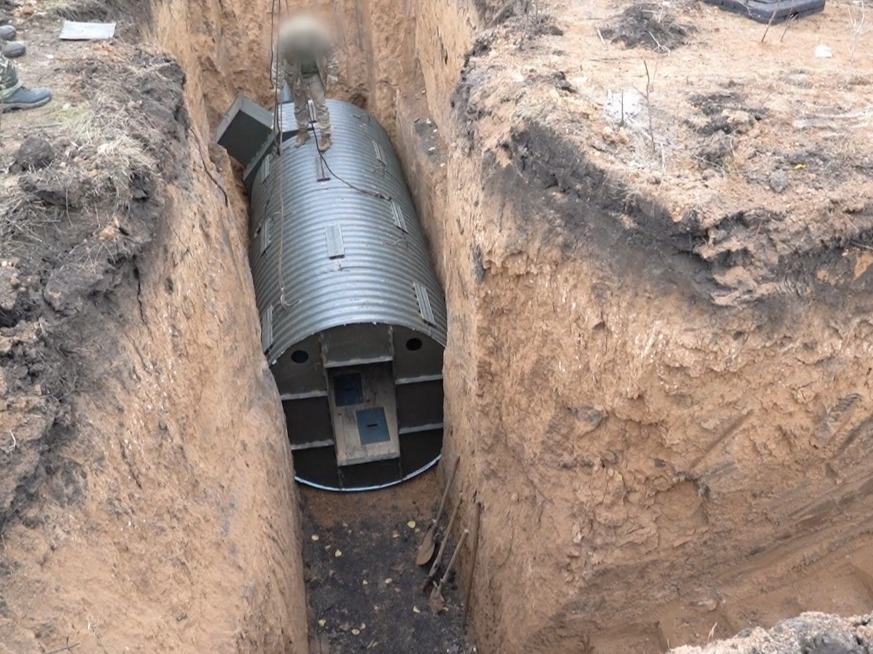
170 steel kryivkas were handed over to the front as part of Rinat Akhmetov's Steel Front military initiative. Metinvest companies work around the clock to manufacture the shelters. When the power was cut off, fitter's works were performed under lanterns. The company's workers are engaged in this business in addition to the main tasks to help the military achieve victory.






